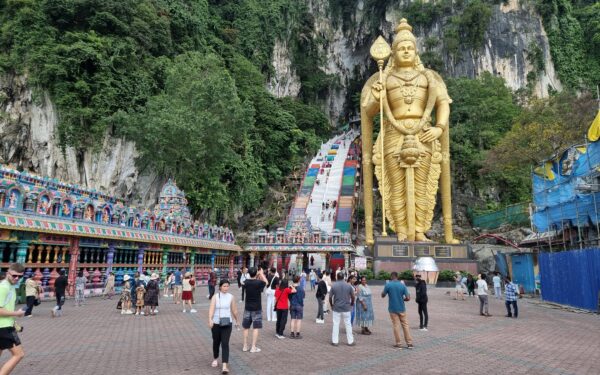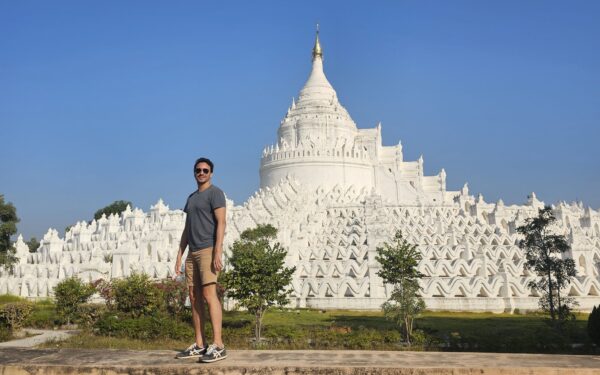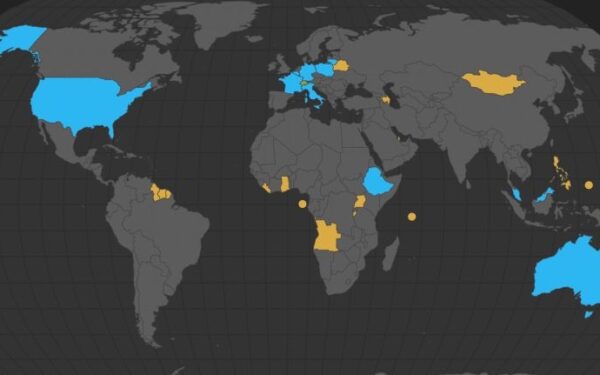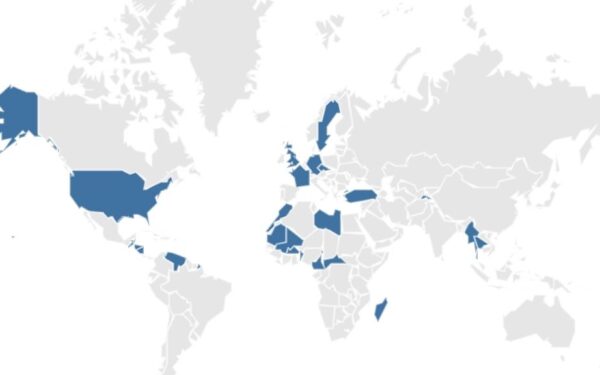Travel report: Cambodia
Country ranking by area: #89
Country ranking by population: #70
Date of visit: January 2013
Cambodia was the last new country I visited on a 3.5 week journey through Southeast Asia back in 2012/2013. I was in Singapore, Malaysia, Laos and Thailand before I entered the land of the Khmer. All these countries were completely different and Cambodia was arguably the most tragic of them.
Arrival in Cambodia
I chose the plane over the bus from Bangkok to Siem Reap, even though the price for the ticket was exceptional high for Asian standards. However, the bus ride from Bangkok to Siem Reap can take almost a day. Moreover, Lonely Planet calls the bus ride between the two cities one of the biggest scam routes in the world. Crossing the border is apparently a real pain in the ass and if you’re not careful you’re using a lot of money by the scammers.
I spent only five nights in Cambodia, three in Siem Reap and two in the capital Phnom Penh. Another option would have been Sihanoukville, a popular backpacker destination, but my time was limited and I had to skip it therefore. I believe that most of the travellers visit these three places and nothing else in Cambodia. Or at least I haven’t heard someone telling that he/she had been to another place.
The first thing I noticed in Cambodia was the poverty. Of course, the other countries I visited on that trip weren’t rich either, but the misery I saw in Cambodia was much worse than what I saw in the other countries. There are many beggars in Siem Reap for example, many of them with no limbs or legs due to mine accidents. I wasn’t a seasoned traveller back then. That kind of misery was new to me and I was shocked.
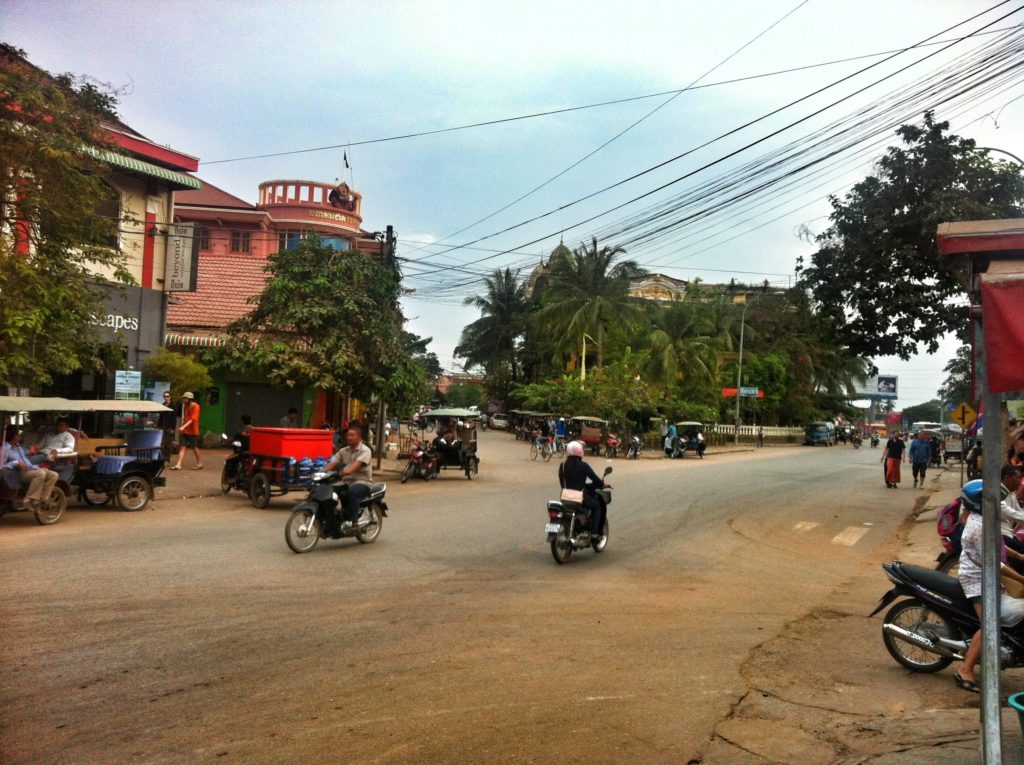
In the first night, a little boy holding a baby approached me. He asked if I could buy milk for the baby and I thought it wouldn’t be a bad idea. Usually, it’s better to provide food than money to beggars, especially when they’re children. Nothing should encourage them (or their parents) to do what they are doing, and giving money to them would actually do that. The boy took me to a grocery store and I asked him to get the milk. He got back with milk powder for 25 Dollars. That was a lot of money for a low budget traveller like me back then. An English speaking traveller looked at me and she shook her head: “Don’t buy it!”
Finally, I realised what the plan of the boy was. As soon as I would have disappeared, the boy would return the milk powder to the owner of the shop and get his share. He and the owner of the store probably worked together. “Why don’t you get regular milk?” I asked knowing that a liter wouldn’t cost more than 1 Dollar. “Nooo, this milk no good for baby.” the boy answered. I apologised and left the store without buying the milk so that the boy became furious. He shouted at me, giving me names in Khmer. I could understand, as he was very close but didn’t get his earnings.
Visiting Angkor Wat, one of the best sights in the world
Buying milk wasn’t the purpose of my visit but visiting Angkor Wat. I joined a tour and visited Angkor Wat, Bayan Temple and Ta Prohm, also known as Tomb Raider temple, on day one. It was one of the best sightseeing trips ever, and I still think that the temples of Angkor are among the very best tourist attractions in the world. It’s actually a joke that Angkor Wat isn’t part of the seven new wonders of the world, but that’s a different story…
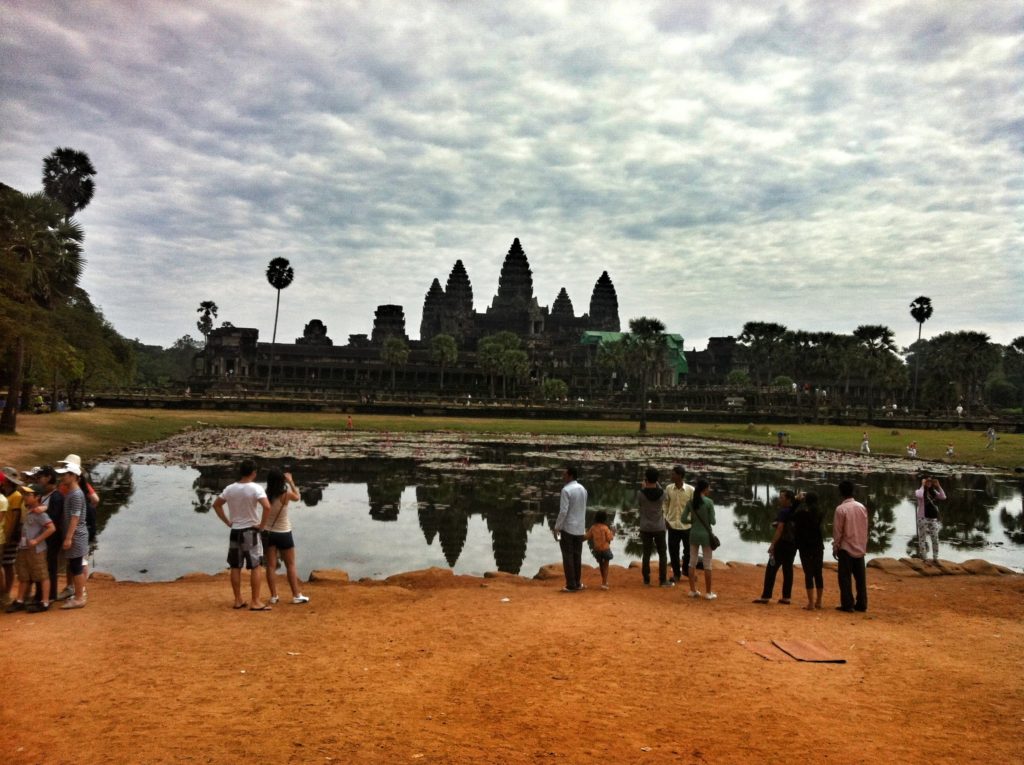
I wanted to revisit the site the next day, but it was the first day in a while on which I did not have to set the alarm clock. Unfortunately, I woke up at 3 PM, as I really needed a lot of sleep. It was just stupid that it happened while it was my last day in one of the most fantastic places in the world.
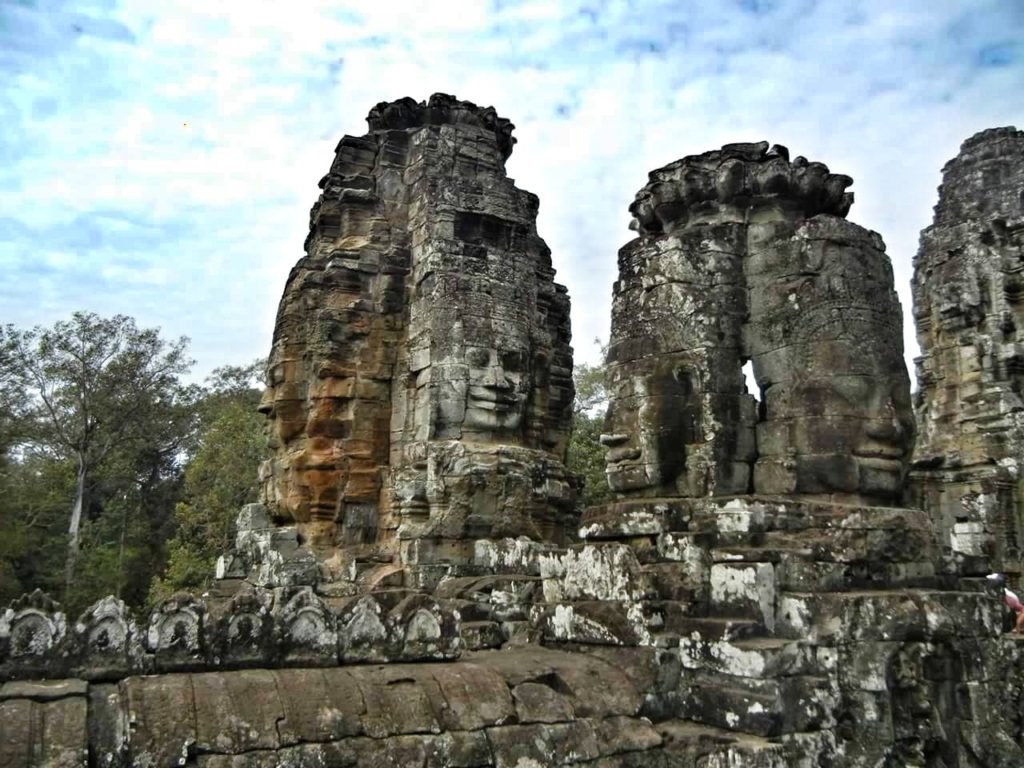
All in all, Siem Reap was a cool place not only because of Angkor Wat. I also enjoyed the pub street with its bars and restaurants. It was a typical backpacker area and it was fun, as it provided a good mixture of cultural things and party. After three nights in Siem Reap, I took a flight to the capital of Cambodia, Phnom Penh.
Phnom Penh – is it worth a visit?
Siem Reap was peaceful and idyllic, Phnom Penh was the exact opposite. It’s a hectic and vibrant city, although not the largest one for Asian standards. Phnom Penh isn’t the most beautiful city in my opinion, but I definitely enjoyed some spots. Sisowath Quai, the promenade of the Mekong river, is one of these nice spots and I also liked the memorial of King Sihanouk.
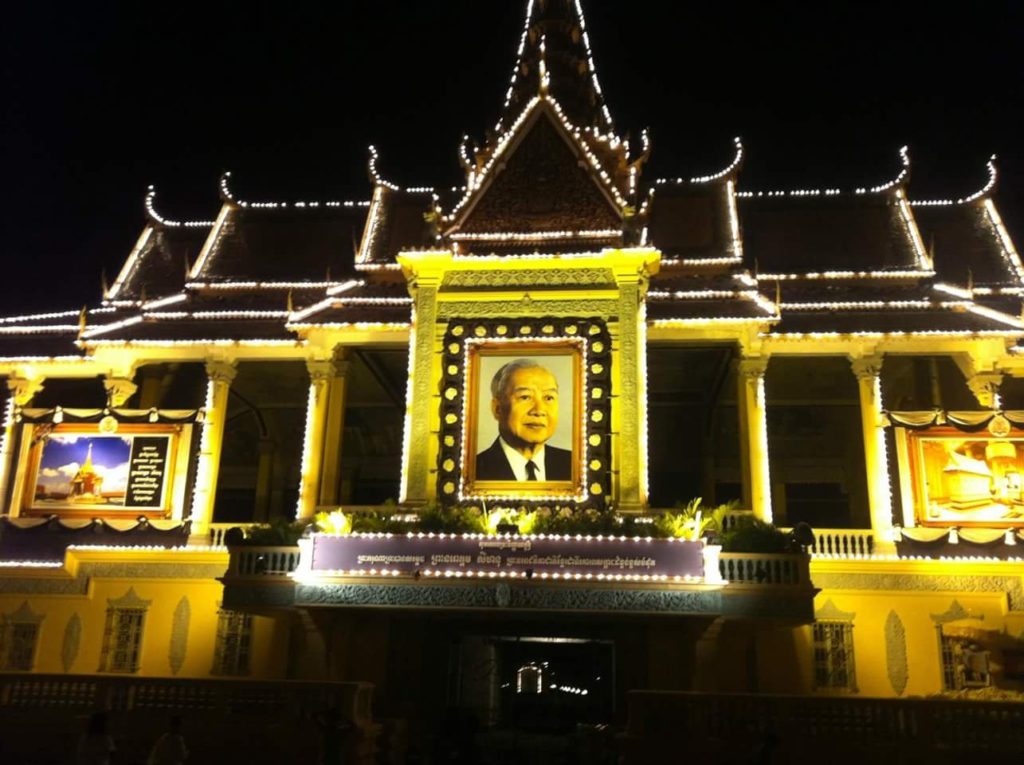
However, I did come to Phnom Penh for another reason…
What would you call the biggest tragedy in the 20th century? An obvious answer would be the Holocaust. In my opinion, number two would be the genocide the Khmer Rouge regime did to their own people in the 70s. You don’t know what I’m talking about? It’s not your fault. Schools in the Western world don’t have the Khmer Rouge on their agenda, and I heard the name Pol Pot, the main leader of the Khmer Rouge, the first time when I was in the middle of the twenties.
The Khmer Rouge were the Cambodian communist party and they overthrew the military dictatorship of the country in 1975. What followed was the brutal persecution of the opposition leading to a genocide in which 2-3 million people (25% of the country’s population) died. For the German speaking people: one of the best books I’ve read about this subject was Kinder der Killing Fields. I can highly recommend it.
There are two specific sites in and around Phnom Penh to learn more about this dark chapter of Cambodia. I visited the Tuol Sleng Genocide Museum first. It’s a former high school which was turned into a prison by Pol Pot’s forces. It became the largest center of torture in Cambodia. Nowadays, you can see the cells, the torture instruments and portraits of thousand of prisoners in this museum. It’s definitely not an attraction for the faint-hearted, but a mandatory visit for the understanding of what happened.
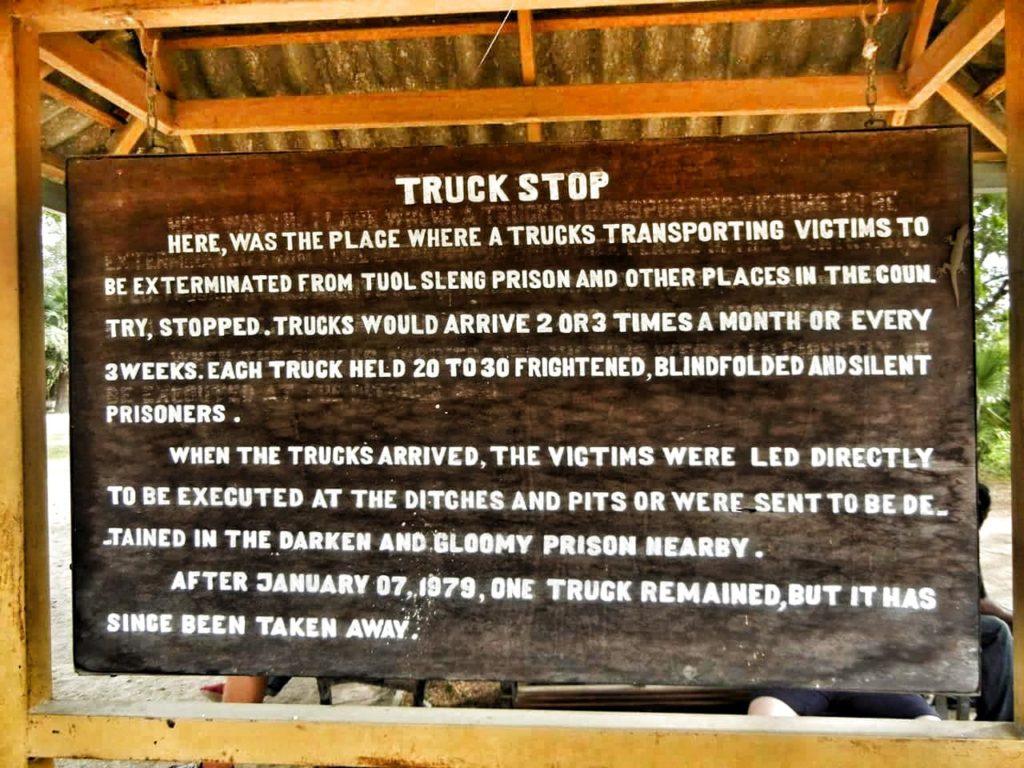
The second site is even worse: the Killing Fields, also known as the Auschwitz of Cambodia. It’s approximately 20km from the capital. You can do a self-guided 75-minutes audio tour and it’s really a depressing one.
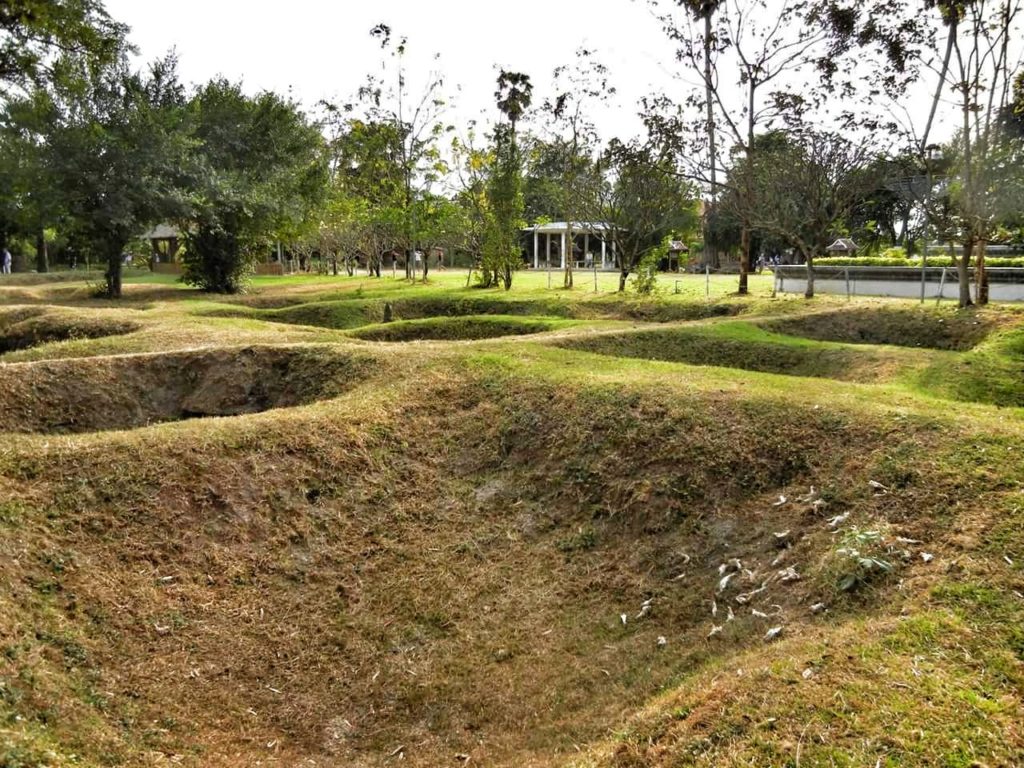
The audio-guide explains what happened where and you can easily navigate through the site. The most depressing part was when I was standing in front of a massive tree and the audio-guide explained that the tree was used to kill babies by smashing them against the wood until they died. The Khmer Rouge used this way of execution to save ammunition.
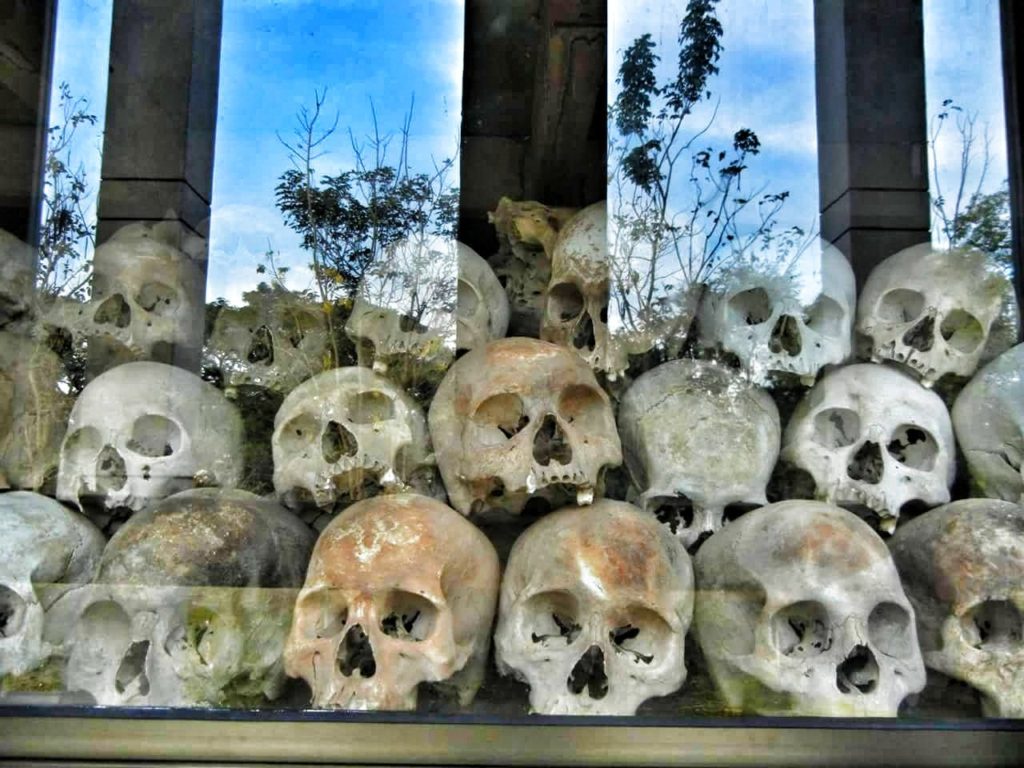
You don’t leave Tuol Sleng and the Killing Fields in a good mood, as both sites show the worst sides of mankind. Personally, the most eye-opening thing was that all that happened not a long time ago! I was born just a few years after this terrible era. Moreover, I still feel ashamed that almost no one in Europe knows something about the inhumanity that happened in Cambodia in the 1970s. We learn 3-4 years every little detail about World War II but nothing about this cruel history. I hope this will change someday.
So, is Phnom Penh worth a visit? It depends. The city itself is just another busy Asian city but nothing too spectacular. Nevertheless, this is the city in which you can learn about the history of Cambodia in the last century. Skip Phnom Penh if that is not in your interest.
My travel experience in Cambodia
Cambodia marked the almost-end of the longest journey I did so far. The country has some ups and downs, but my five days there were good in general. From the historic point it was the most interesting country on that trip in my opinion. I regret that I only spent one day at the temples of Angkor, but at least I have a reason to visit the country again someday.
Find the travel reports of the other countries I’ve visited here!
